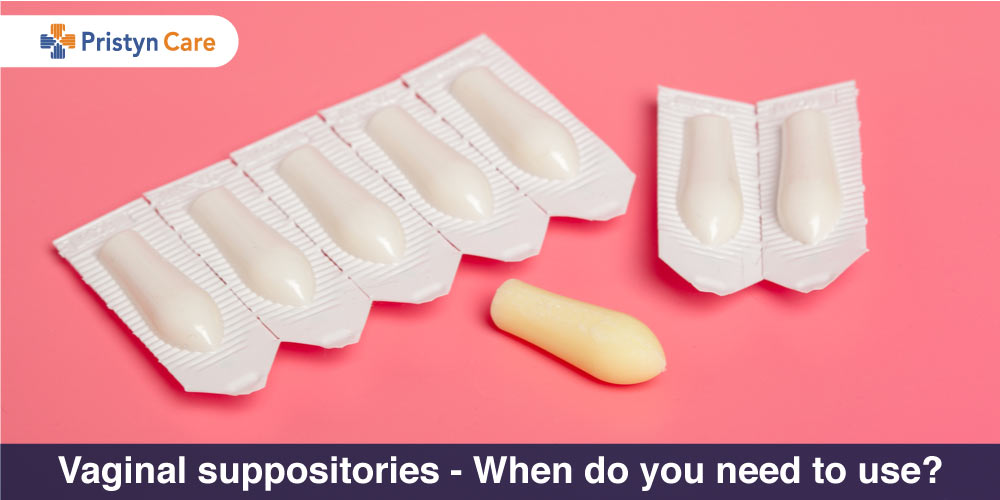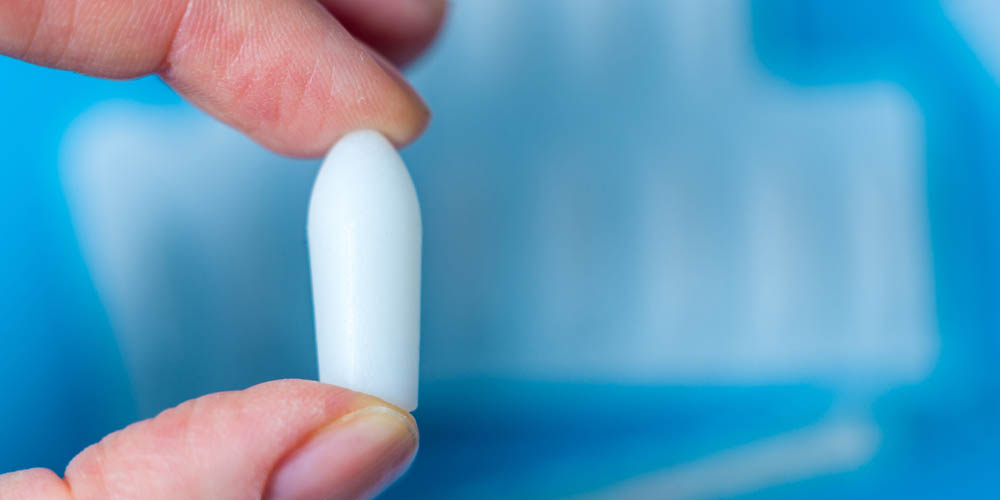
Vaginal suppositories are solid medications which are to be inserted inside the vagina with a special applicator, mostly provided with the vaginal suppositories. The female’s body absorbs the drugs from vaginal suppositories more quickly. Vaginal suppositories can work faster than oral medications. It is because the vaginal suppositories melt inside the female’s body and get absorbed directly into the bloodstream.
Table of Contents
When do you need to use vaginal suppositories?

Vaginal suppositories can be used for treating the following gynecological medical conditions-
Vaginal suppositories for BV (bacterial vaginosis)
Conventional treatment of bacterial vaginosis is prescribed antibiotics including clindamycin or metronidazole. But a gynecologist may recommend alternative treatments, such as lifestyle changes or probiotic supplements, depending on the female’s condition and medical history.
Vaginal suppositories, also known as vaginal capsules are a good and successful treatment option for bacterial vaginosis. According to a recommended regimen, vaginal suppositories may need to be inserted into the vagina every night for up to 2 weeks. It is considered a safe application treatment option and may be used in combination with other antibiotics to increase the effectiveness of the treatment of bacterial vaginosis.
Vaginal suppositories for Yeast Infections
Vaginal suppositories are at times prescribed for the treatment of recurrent vaginal yeast infections. Uncontrolled vaginal yeast infection or the infection that comes back frequently even after taking precautions or medications can be treated with vaginal suppositories and have a good outlook. This use of vaginal suppositories has existed for several years and can be advantageous as it targets more than just one strain of candida yeast.
Vaginal suppositories for Trichomoniasis
Trichomonas infection is generally treated with a dosage of antibiotics such as metronidazole and tinidazole. But drug resistance in some females can be a problem and a hindrance in the treatment. In such cases, the usage of vaginal suppositories has a good chance of treating successfully.
How to use a vaginal suppository or vaginal capsule?

- Wash your hands and sit in a dry, clean place.
- Lie on your back with your knees bent, or stand with your knees bent and feet a few inches apart.
- Insert the applicator gently into the vagina till as far as it can comfortably go.
- Then, slowly press the plunger of the applicator till as far as it can go (do not over-do or push from your end). Doing this will push the suppository far back into the vagina.
- Remove the applicator from the vagina.
Note-
- If you are using an applicator that is a reusable one, clean it as directed on the package. If your applicator is not reusable, throw it away into a dustbin and wash your hands. Do not flush the applicator!
- Dispose off all the other used materials which are not reusable.
- Properly wash your hands with soap and warm water and pat dry after using.
Some helpful tips
- Vaginal suppositories can sometimes leak, so they are more convenient to use at night. Wear a sanitary napkin to protect your beddings or clothing.
- It may be helpful if you slightly dip the suppository in water quickly before using it. This will make it easier for you to insert your vaginal suppository.
- To keep the vaginal suppository from melting before use, store it in a cool place. Keep it in the refrigerator if the medication label advises doing so.
- Use the medication for as long as directed by your gynecologist. Do not overuse it.
- You can use a vaginal suppository during your menstrual days.
- Do not use tampons while using a vaginal suppository as tampons can absorb the medication, which can prevent the suppository from working well.
Have a word with a trusted gynecologist
The steps mentioned above can make it easiest and minimal pain to insert a vaginal suppository. But, make sure to ask a gynecologist before using a vaginal suppository.







